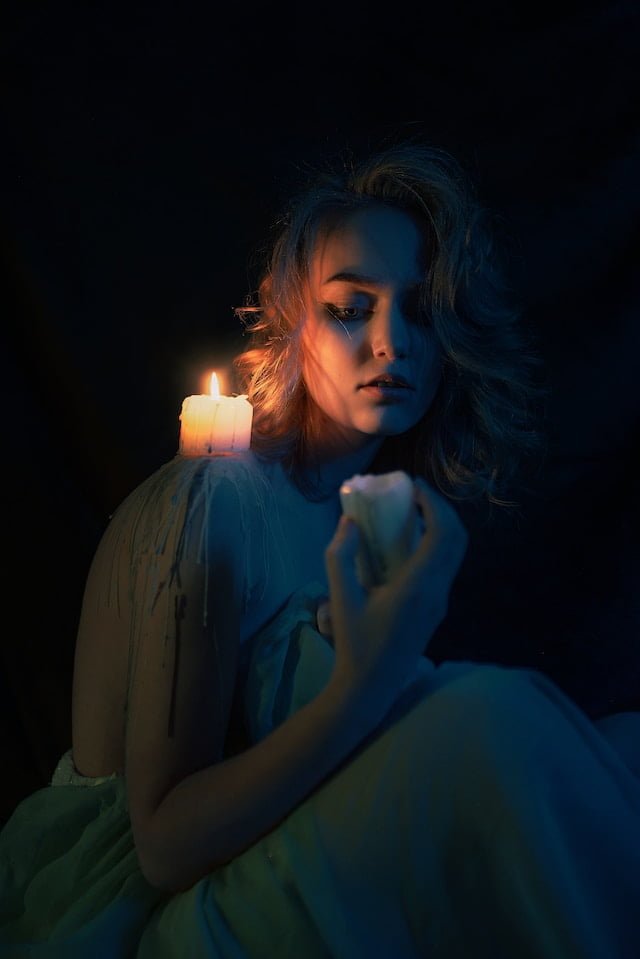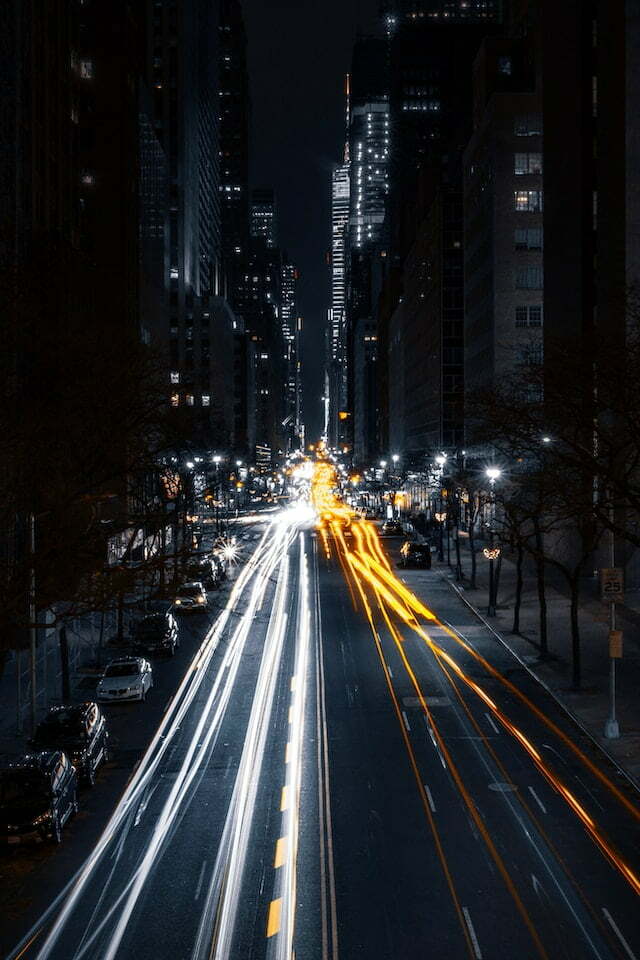Hey there, photography fam! Let’s dive into the fascinating world of shooting in low-light conditions. We all know that capturing great photos in dim environments can be quite a challenge, but fear not! In this blog I’m going to break down the different settings your camera has and what they mean so that you can get the most out of shooting in low-light situations!

ISO, is your best friend when it comes to low light photography. By cranking up the ISO setting on your camera, you allow more light to be captured in your shots. But hold on a sec! Higher ISOs also bring along some pesky side effects like digital noise and grainy images. We don’t want that, do we? To strike a balance, begin with an ISO setting of around 500 and make adjustments as per the ambient lighting conditions. The goal here is to aim for the lowest ISO possible to minimize noise while still getting a properly exposed image. It’s a blend of trial and error combined with a smart starting point that guarantees satisfying results even in the darkest of settings.
Now, let’s shed some light on aperture settings! (pun intendend) Selecting a wider aperture (that means a lower f-stop number) is your ticket to brightening up your photos in low light. By allowing more light into the lens, you can capture well-exposed images. But here’s the catch: wider apertures also result in a shallow depth of field, meaning certain elements might end up blurry. To kick things off, set your aperture to f/2.8 or lower and play around with different settings to find your perfect match. One thing to keep in mind here is not all lenses will have the same aperture. Your lens may not go down to f/2.8. In which case just set it to its lowest possible aperture and work your way from there! With some practice and attention to technique, you can use wide apertures to snap breathtaking images even in the trickiest lighting situations.

Ah, slow shutter speeds, your magical ingredient! They let more light into your camera by extending the exposure time. In low-light photography, this can help you capture brighter images that would otherwise be a real challenge with faster shutter speeds. But hold your horses! Slow shutter speeds have a downside too—they can introduce motion blur if there’s any movement during the exposure. Believe me, you move your hands way more than you think and this will be picked up by the camera!
Now this is of course perfectly fine if motion blur is what you’re going for! Similar techniques are used to capture light trails like the image to the left here. Now if you’re not going for something like that it’s best practice to start with a shutter of around 1/60 second to see how that works for your situation. Then work your way from there whether it would be slowing down your shutter further or speeding it up. And if you find yourself in a particularly tricky situation with both low light and movement, consider using a tripod, monopod, or gimbal to keep your image sharp and clear.
When shooting with a slow shutter speed, it’s crucial to keep your camera steady to avoid annoying camera shake. So, grab a tripod or any other stabilization device that you can. It will be your trusty sidekick in keeping your camera rock steady. Theres been times when I have even placed my camera on top of something stable like a garbage can or mailbox!
Here’s a golden tip: shoot in RAW format! It gives you the ultimate flexibility in post-processing, allowing you to adjust exposure, color balance, and other settings without sacrificing much image quality. It’s like having a secret sauce that enhances your images to perfection.
Remember, the best camera settings for shooting in low light are as unique as you are. They depend on the specific lighting conditions and the outcome you desire. So, don’t be afraid to experiment and explore different settings to find that magical combination that suits your needs perfectly.
Now, with that said, embrace the challenge of low-light photography with courage and creativity. May your pictures captivate and your imagination roam limitless – happy shooting! and ill catch ya in the next one!
